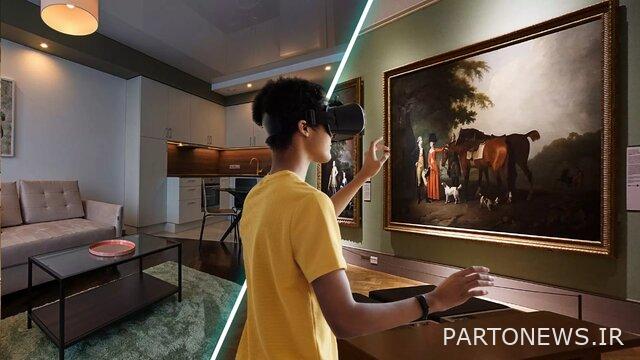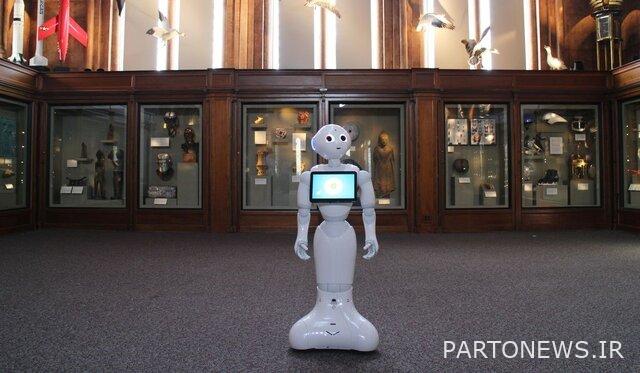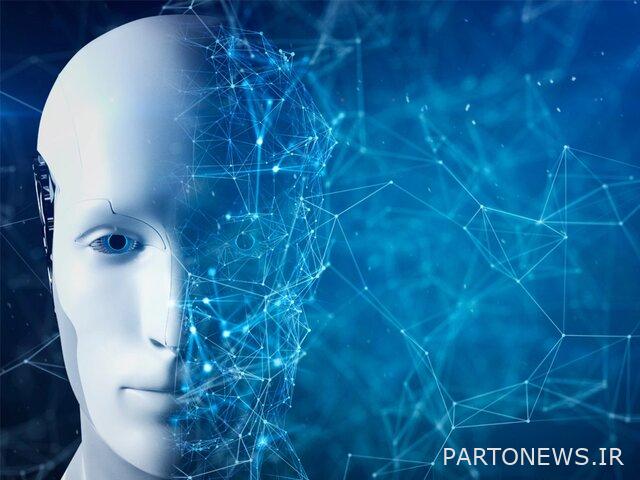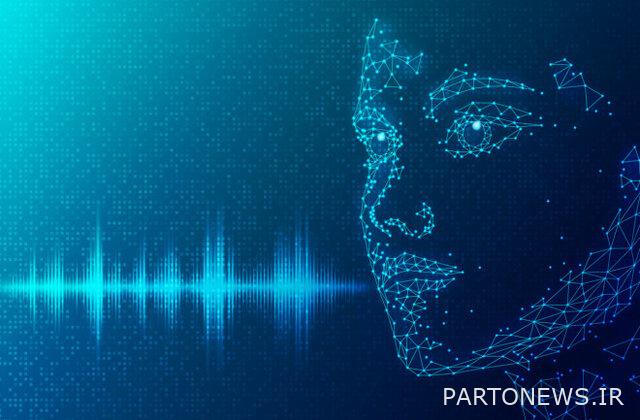Artificial intelligence in the realm of museums

For some time, museums and galleries have been trying to find alternatives to the fruitfulness of traditional methods by resorting to technology; In the beginning, the goal was very simple, trying to increase the amount of additional content, accessible through the use of tools such as QR codes or by replacing classic audio guides with apps downloaded on smartphones. Later, interactive rooms were born to provide experiences in direct contact with the museum, and the use of technological tools began to create interactive museums.
However, the experimentation between art and technology seems to have progressed very slowly until, in the early 2020s, museums, no longer able to offer physical visits to exhibits, developed an alternative method. The immediate response to this problem was to increase content on social media and open other channels (the most obvious example was the Uffizi Gallery’s entry into Tik Tok, which was mainly used by teenagers), but it soon proved that these were not enough.
With the increasing need for more advanced technologies and solutions, artificial intelligence has begun to work in digital museums with the multiple goals of speeding up the work of staff, enriching the visitor experience, and providing researchers with more information.

Museums and global crisis
From the beginning of the Covid-19 pandemic, it became clear that alternatives to traditional cultural tourism had to be found, so it was clear that this global event would start with what comes before and after, including the visitor experience.
This was shown by UNESCO data in the publication “Reflections in Crisis: World Heritage Sites, Museums and Heritage Interpretation”, which reported that in 2020, public access to World Heritage sites was completely or partially closed in 90% of countries.
A report published in May 2020 showed that 90 percent of the 95,000 museums around the world were affected by temporary closures, including those related to World Heritage sites that depended mainly on visitor revenue and could not reopen.
This is why World Heritage properties have developed innovative approaches in response to the global health crisis, including launching websites and social media.
When people realized that the quarantine period was getting too long, a reversal was necessary, the technological processes that had been going on for some time were accelerated to find a quick alternative to physical presence in exhibitions; It is no longer the user who goes to the museum, but the museum comes directly to the home.
Digital tourism has gained a significant boost thanks to the expansion of virtual museums and digital platforms that make it possible to see works on smartphones, visit online galleries with a personal computer, and even move freely inside the museum directly from the couch.

Pros and cons of digital experiences in museums
It is obvious that the result of viewing from a distance has positive and negative aspects, for example, one cannot understand what Walter Benjamin defines in his book “the work of art in the new century of mechanical production”. However, the possibility of seeing an exhibition online, With the comfort of home, it increases the number of possible users for whom the creation of virtual museums may be an incentive to connect with art.
Of course, the main difference between an online and a traditional museum is not admiring the original work of art and dealing with its reproduction. However, although seeing original works in museums is our daily routine in the past, this was not always the case. Therefore, as we will see, the use of artificial intelligence in museums can To be a tool to bring people closer to art that does not eliminate “physical” productivity but offers new ways to enhance it.
How is artificial intelligence used in museums?
Here are 6 ways to use artificial intelligence in museums:

Virtual reality for movement in the museum
Although virtual reality has already taken its first steps in the art sector, it has grown a lot with the quarantine associated with the global pandemic. How can the visitor move freely in different exhibition halls while staying comfortably at home? Using virtual reality, i.e. real simulation, reality that does not exist, it is possible to create 360 degree virtual tours. The virtual tour allows you to move through the works as you would in reality and listen to the audio guide. Among the institutions that first decided to invest in virtual reality is the Dolly Theater Museum, which used artificial intelligence and machine learning to create a virtual reality environment. Using the Matterport platform, one can enter the virtual museum and freely move around and enjoy the in-depth information and curiosity of the works.
Matterport provides accurate visual and spatial information using infrared scanning technology. Objects or space are scanned and sent to the system to analyze the camera data.
Chatbot and gamification for guided tours
Inside the museum, the guide is responsible for explaining the works to the visitors, making them curious and answering questions, and what if all this was done by a chatbot? This is the idea that InvisibleStudio had for the Museo Le Casse in Milan. Unlike other museum chatbots, our bot is exclusively a game and searches for treasures in the collections, said Giuliano Gaia, founder Stefania Boiano of InvisibleStudio. In this sense, it’s the chatbot that asks visitors questions, forcing visitors to look carefully at collections and discover unexpected details. Through digital innovations such as gamification and storytelling, they have tried to make museum visits more attractive to young people and combine art historical knowledge and learning, typical of guided tours, with the curiosity of treasure hunting.

Museum robots to improve accessibility
Pepper is a humanoid robot developed by the French company Aldebaran Robotics and housed in three Washington-based Smithsonian museums (including the National Museum of African Art and the National Museum of African American History and Culture). It aims to improve language communication to share knowledge about culture, art and science effectively to visitors. Using multilingual skills, gestures and an interactive touch screen, the robot answers visitors’ questions and speaks different languages to break down language barriers for international visitors.
Machine learning and neural networks to help learners
Artificial intelligence is being used in museums and galleries not only to improve the experience for visitors but also to help researchers. As happened at the National Museum of Norway, where they exploited machine learning and neural networks, they managed to add meta data to the paintings in the collections that can be very useful, especially for those who study them. The T-SNE algorithm groups images based on similarity of motifs, technique, composition, and use of color, and provides a museum web page user interface with works into five categories: paintings (by subject), paintings (by style), prints, It divides design and design.

Artificial intelligence to organize catalogs and collections
Among the various departments of museums, one is dedicated to the organization of collections and catalogs, which of course means that an in-depth study of the works must be done in order to try to establish connections not only within the collections themselves but also with others in the museum. According to the American Alliance of Museums (AAM), artificial intelligence will be an essential tool for museums managing the massive scale of data in the 21st century. Visual recognition algorithms can unlock the potential of digital image collections by tagging, sorting, and mapping connections within and between museum databases. It is actually quite simple for an AI algorithm to recognize recurring visual or color elements, associate them with a current or artistic expression, and thus create more coherent collections and catalogs.

Artificial intelligence to voice works
We’ve seen how AI can help researchers and visitors to be productive by enriching them with concepts and details, but that’s not all. AI can even add sound to works of art. This is what the Sao Paulo Art Gallery in Brazil has done with the help of IBM Watson’s self-learning artificial intelligence system. This idea is combined with the idea of bringing together people who are not used to visiting museums, making it possible to ask any kind of question, even the most trivial, without fear of being judged. This is how A Voz da Arte was born, a project that uses artificial intelligence and voice recognition to give voice to selected works of art.
Artificial intelligence can be used in museums and galleries in many ways. Combining art and technology allows us to expand our experience and take collections and artefacts outside of museums. Digitization of cultural assets is definitely in favor of their “democratization”; As a result, they are increasingly available to everyone, arriving directly into our homes, without the need to move or pay a ticket, and all we need is a device and an Internet connection.

